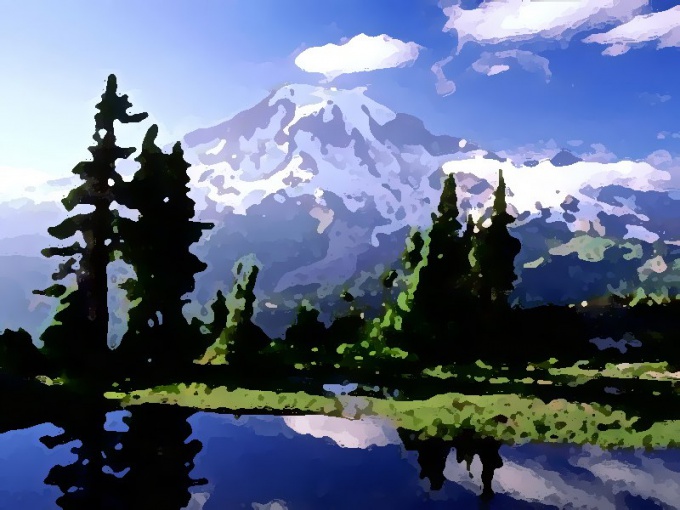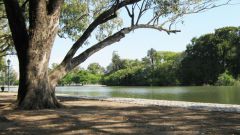You will need
- Pencil, gouache, brushes, water, paper for watercolors, the easel.
Instruction
1
Go to the bosom of nature: landscape it is better to draw from. Some natural phenomena must see in person to accurately convey a picture. Take a sheet of paper for watercolor. Attach the easel. Gouache — water-based paint, like watercolor, so this paper will do. Too thin paper gets wet quickly and its surface becomes wavy. Dilute the paint with water. Apply background in broad strokes and allow it to dry. The finished background sketch pencil marked "T" is solid.
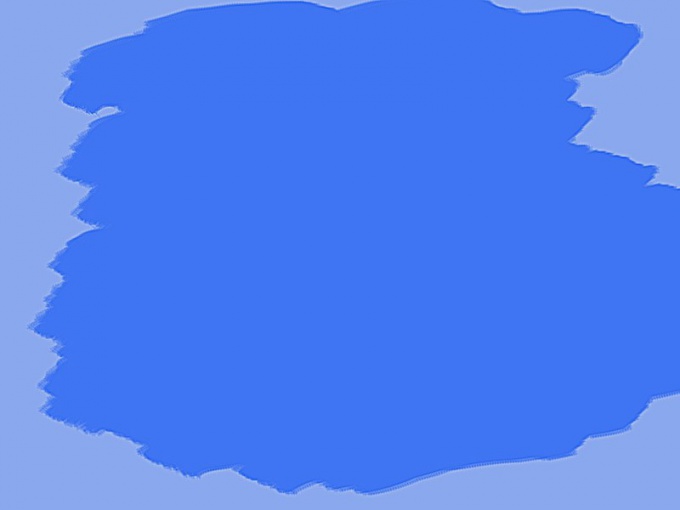
2
Start painting the sky and clouds. Try to use for the sky a few shades. The more notes you take the richer it will look the sky. The tone depends on what time of day you play. Cloud apply light strokes of white gouache. Don't take too much paint — even the clouds are translucent.
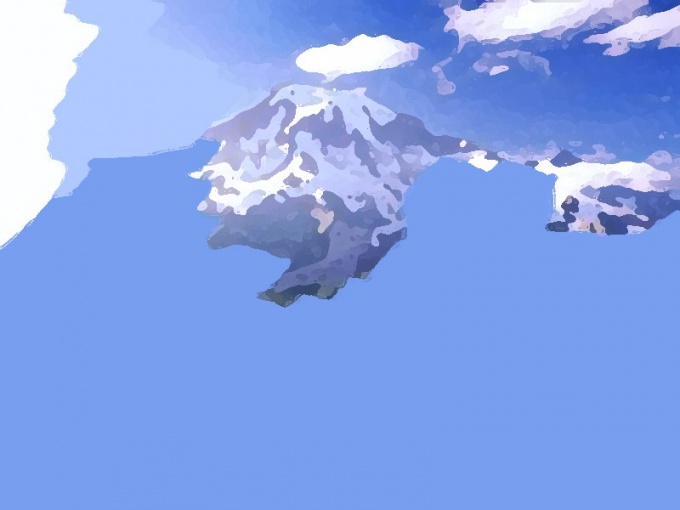
3
Think carefully about composition. Determine where in the picture the front and rear plans. Tie some elements: paths, going uphill, reflection of objects in the lake or the road leading to the woods. Sketch with light strokes of gouache large objects pictures. Decide on the lighting. How shadows can tell the time of day in the painting. If at noon, the shadow will be long, as an evening, realism is violated.
4
Draw small details of the picture. Use brushes of different diameter and quality of the bristles. Tools with soft bristles are best obtained plants, the trees. Brushes with stiff hairs or fine palette knife to paint mountains. When working with a palette knife dilute the thicker paint or not add water if the gouache paste-like consistency.
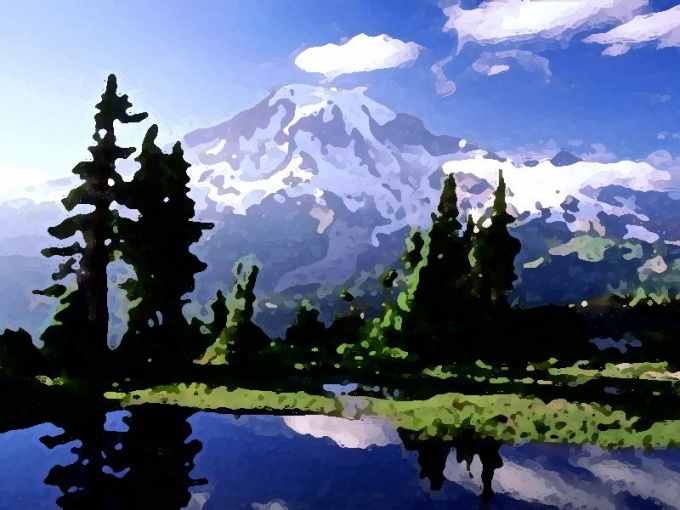
5
Use an interesting technique to create a small sun glare on the grass. Dilute gouache to a state of intensely colored water. Dip in liquid paint fluffy brush with soft bristles and spray droplets on the dried up pattern. Get an amazing effect like thousands of little suns play on every blade of grass and leaf.
6
Look carefully at the picture. Add small touches to specify the details.
Useful advice
Dark needles you can paint mixed with purple blue. To feel the texture of the pattern, apply the gouache thick layers, one on top of another.
